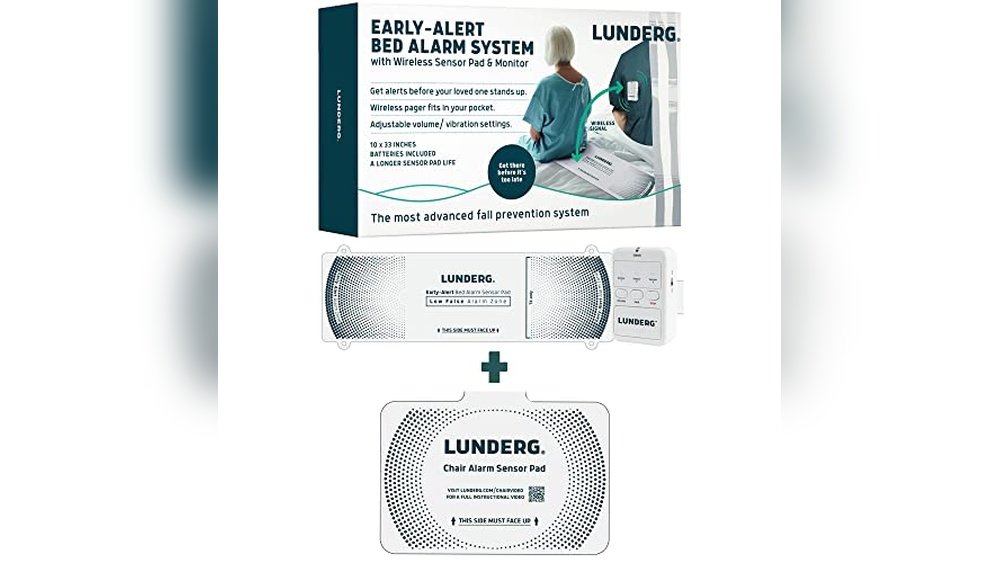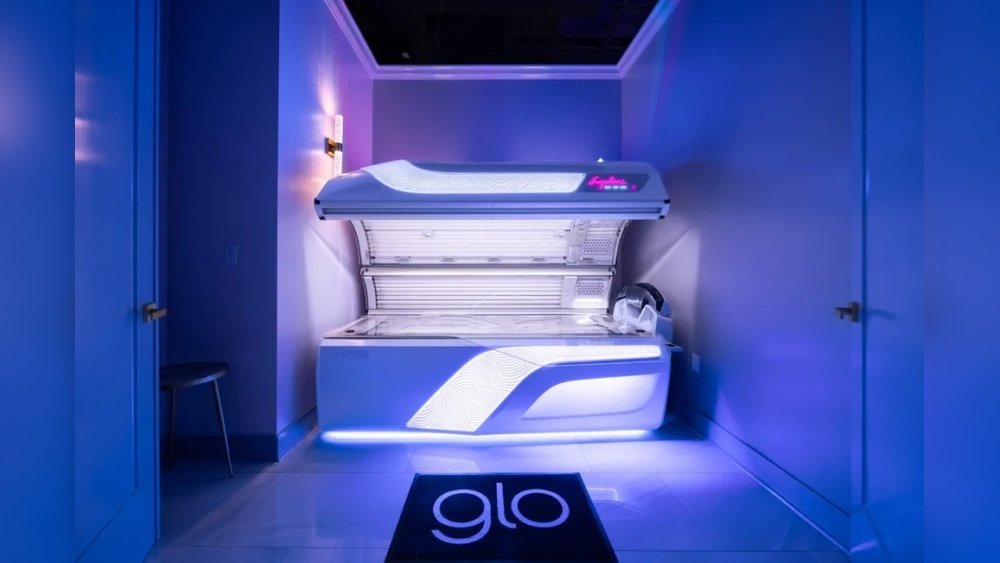Imagine waking up in a cozy space that perfectly fits your lifestyle, without the burden of a hefty mortgage looming over your head. Tiny houses have captured the hearts of many who seek simplicity, sustainability, and freedom.
But before you can sip coffee on your tiny porch, you might be wondering: how much would it cost to build one? Understanding the financial aspects is crucial for turning your tiny house dream into reality. You want to know if this is a viable option and how it aligns with your budget.
We’ll break down the costs involved in building a tiny house, helping you make informed decisions that could lead to a life filled with less clutter and more adventure. Ready to explore the possibilities? Let’s dive in!

Credit: www.realtor.com
Planning Your Tiny House Budget
Planning your tiny house budget is a crucial first step. It determines the scope and quality of your future home. Understanding the costs involved helps avoid financial surprises. You need a clear plan to manage your expenses wisely.
Understanding The Basics
Start with a list of essential features. Decide what you cannot live without. Consider the size and layout. These choices impact the overall cost.
Material Costs
Material choices can vary your expenses greatly. Wood is a popular choice. Metal and composite materials may cost more. Compare prices to find the best fit for your budget.
Labor Expenses
Will you hire professionals or DIY? Professional builders charge for expertise and time. DIY can save money but requires skill and effort. Consider your capability before deciding.
Utilities And Appliances
Think about the utilities you need. Water, electricity, and heating are essential. Energy-efficient appliances might have higher upfront costs. They save money long-term.
Permits And Legal Fees
Check local regulations for building permits. Costs vary by location. Legal fees may apply for land use and zoning. Budget for these potential expenses.
Transport And Delivery
Transporting your tiny house adds to the budget. Distance affects delivery costs. Ensure your site is accessible to reduce expenses.
Emergency Fund
Unexpected costs can arise during construction. Set aside an emergency fund. It provides a cushion for unforeseen expenses.
Land And Location Costs
Building a tiny house involves many expenses. One of the biggest is land and location costs. Choosing the right land is crucial. It impacts your budget and lifestyle. Various factors influence these costs. This includes the plot size, location, and local regulations. Understanding these can help you make informed decisions.
Choosing The Right Plot
Finding the perfect plot requires research. First, consider the size of the land. A smaller plot may cost less. Yet, ensure it meets your needs. Location also plays a role. Urban areas often have higher prices. Rural land might be cheaper. But check for access to utilities. Water, electricity, and internet are essential. Proximity to work and amenities matters too.
Zoning Laws And Permits
Zoning laws affect where you can build. These rules vary by location. Some areas have strict regulations. They may limit where tiny houses are allowed. Contact local authorities for information. Permits are another requirement. Building permits ensure safety and compliance. They can be costly. But skipping them can lead to fines. Always check zoning laws and get necessary permits.
Materials And Construction Expenses
Building a tiny house can be an exciting adventure. Costs can vary based on materials and construction expenses. Choosing the right materials and understanding labor costs are key. These decisions affect your tiny house budget significantly. Let’s explore these elements further.
Selecting Quality Materials
Quality materials ensure durability and comfort in your tiny house. Opt for sustainable and eco-friendly options when possible. Reclaimed wood provides character and charm. Metal roofing offers durability and longevity. Insulation is crucial for energy efficiency. Consider spray foam or rigid foam boards. Windows should be double-glazed to maintain temperature control. These choices impact both the cost and quality of your build.
Labor And Contractor Fees
Labor costs can be a significant part of your budget. Hiring skilled contractors ensures quality craftsmanship. Hourly rates for carpenters and electricians can vary. Research local rates to get an accurate estimate. Some builders offer package deals for tiny house projects. These packages might include design, materials, and labor. DIY enthusiasts can save on labor but need to invest time. Consider your skills and time when deciding on this route. Balancing quality and cost is essential for a successful build.
Interior And Design Costs
Building a tiny house is an exciting venture. The interior and design costs play a major role. These costs can vary greatly. Factors such as style, materials, and size influence the budget. Investing in quality materials ensures durability and comfort. The interior should reflect personal taste and functionality.
Furniture And Fixtures
The choice of furniture impacts cost. Compact furniture fits well in tiny spaces. Consider multipurpose pieces to save space and money. Built-in storage solutions reduce clutter. Custom cabinets and shelves maximize space usage. Quality fixtures ensure longevity. Choose energy-efficient appliances to reduce future costs.
Custom Design Features
Custom designs add personality. They can increase costs significantly. Unique features like loft spaces are popular. Skylights enhance natural light and open the space. Custom flooring can add warmth and style. Tailored lighting solutions create ambiance. Personalized touches make the house truly yours.
Utilities And Off-grid Options
Building a tiny house offers a unique opportunity to live simply. A crucial aspect of this is managing utilities and considering off-grid options. These choices impact both your budget and lifestyle. The cost of utilities varies based on your preferences and location. Off-grid systems provide independence but may require a higher initial investment. Let’s explore some essential components to consider.
Solar Panels And Energy Systems
Solar panels can power your tiny house efficiently. The cost depends on the system size and installation. A basic setup might cost around $5,000 to $10,000. This includes panels, batteries, and an inverter. Solar systems reduce reliance on traditional power sources. They also offer long-term savings on electricity bills.
Consider maintenance costs for solar systems. Regular cleaning and occasional battery replacement may be needed. These costs are generally low, ensuring your tiny house remains energy-efficient.
Water And Waste Management
Water systems are crucial for tiny house living. An off-grid water system might include rainwater collection and filtration. Setting this up can cost between $1,500 and $3,000. Rainwater systems reduce reliance on municipal water.
Waste management involves composting toilets or septic systems. Composting toilets are eco-friendly and cost-effective. They might range from $500 to $1,200. A small septic system might cost more, up to $5,000.
Consider maintenance needs for waste systems. Regular upkeep ensures hygiene and system efficiency.

Credit: www.youtube.com
Transportation And Delivery Expenses
Building a tiny house can be an exciting journey. But, transportation and delivery expenses often surprise new builders. These costs can vary widely based on several factors. Understanding them can help plan your budget better.
Transportation Costs
The first consideration is transportation. Moving a tiny house requires a special vehicle. A truck with a trailer is often necessary. Renting or hiring one can be costly. Distance plays a big role in the price. Longer distances mean higher fuel and labor costs.
Local regulations also affect transportation. Some areas require permits for transporting oversized items. These permits add to the expenses. It’s crucial to check local laws before moving your tiny house.
Delivery Fees
Delivery fees are another expense to consider. These fees cover the cost of bringing the tiny house to your site. Companies charge based on distance and difficulty. Narrow roads or rough terrain can increase the delivery fee.
Timing impacts delivery costs too. Weekend or holiday deliveries may cost more. Scheduling during weekdays can save money. Planning ahead helps reduce unexpected fees.
Insurance Costs
Insurance is vital during transportation and delivery. It protects against damage or accidents. Some companies include insurance in their fees. Others require separate coverage. Check the insurance policy before hiring a delivery service.
Understanding your insurance needs prevents financial surprises. It’s better to invest in good coverage. This ensures your tiny house arrives safely and without issues.
Insurance And Maintenance Costs
Building a tiny house comes with more than construction costs. You also need to factor in insurance and maintenance costs. These two aspects ensure your tiny house remains safe and functional. Understanding these expenses helps in planning your budget effectively.
Insurance Costs For Tiny Houses
Insurance protects against unexpected events. Tiny house insurance covers damage and theft. It also includes liability coverage. Costs vary based on location and house size. Some insurers offer specialized policies for tiny houses. Comparing quotes from different companies is wise.
Types Of Maintenance Costs
Regular maintenance is essential. It keeps your tiny house in top condition. Common tasks include cleaning gutters and checking for leaks. Repairs may arise occasionally. Plumbing and electrical issues can incur costs. Budgeting for these helps avoid surprises.
Frequency Of Maintenance
Maintenance frequency depends on usage. More usage often leads to wear and tear. Regular checks prevent major issues. Monthly inspections are recommended. Seasonal changes may require additional attention. Keeping a schedule helps manage tasks efficiently.
Budgeting For Maintenance And Insurance
Budgeting helps manage expenses effectively. Allocate funds for both insurance and maintenance. Consider annual costs and divide them monthly. This approach prevents financial strain. Prioritize essential tasks to stay within budget. Adjust the budget as needed over time.
Cost-saving Tips And Alternatives
Exploring cost-saving tips can make building a tiny house affordable. Many options exist to help lower your expenses. You can try using alternative methods and resources. Let’s dive into some practical and creative ways to cut costs.
Diy Versus Hiring Professionals
Building your tiny house yourself can save a lot. It reduces labor costs significantly. You can watch online tutorials or join workshops. These resources help you learn essential skills. But consider time and effort. DIY requires patience and commitment. If you lack skills, hire professionals for complex tasks. This ensures safety and quality work. Mixing DIY with professional help balances cost and efficiency.
Repurposing And Recycling Materials
Using recycled materials cuts costs and adds unique charm. Visit salvage yards for affordable building supplies. Reclaimed wood or windows can give your house character. Old shipping pallets serve as great flooring options. Repurposing saves money and supports sustainability. Explore local classifieds or online marketplaces. People often sell materials at low prices. Get creative with what you find. This approach makes your tiny house unique and budget-friendly.

Credit: www.fixr.com
Frequently Asked Questions
What Is The Average Cost Of A Tiny House?
The average cost of building a tiny house ranges from $30,000 to $60,000. Factors like location, materials, and design complexity influence the final price. Custom builds can increase costs, while DIY projects can reduce expenses. Financing options and local regulations also affect overall costs.
Is It Cheaper To Build Or Buy A Tiny House?
Building a tiny house can be cheaper if you have DIY skills. Buying offers convenience but may cost more due to labor and customization fees. Consider time investment and skill level before deciding. Both options offer unique benefits depending on your needs and budget.
What Factors Affect Tiny House Construction Cost?
Several factors affect tiny house construction costs, including size, materials, design, and location. Custom features, appliances, and eco-friendly options may increase expenses. Labor costs vary by region. Research and plan thoroughly to balance quality and budget for your tiny house project.
Can I Build A Tiny House On A Budget?
Yes, building a tiny house on a budget is possible. Opt for simple designs and affordable materials. Recycle and repurpose items to save costs. DIY construction reduces labor expenses. Plan carefully and prioritize essential features to achieve a budget-friendly build without compromising quality.
Conclusion
Building a tiny house can be an affordable dream. The cost varies based on size, materials, and location. Choose wisely to fit your budget. DIY options can save money. Prefab kits offer quick solutions with set prices. Hiring professionals may increase costs but ensure quality.
Consider all these factors when planning. Research thoroughly before starting your project. Every decision impacts the final price. So, be sure to plan carefully. With careful budgeting, your tiny house dream can become a reality. Enjoy the process and the freedom it offers.
Happy building!



